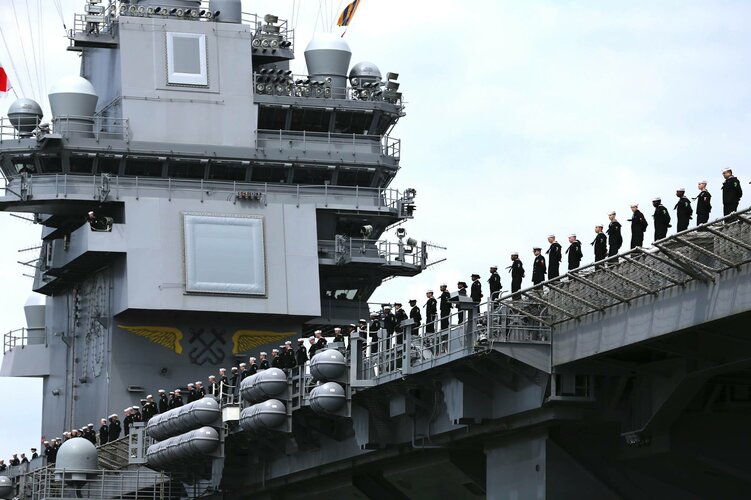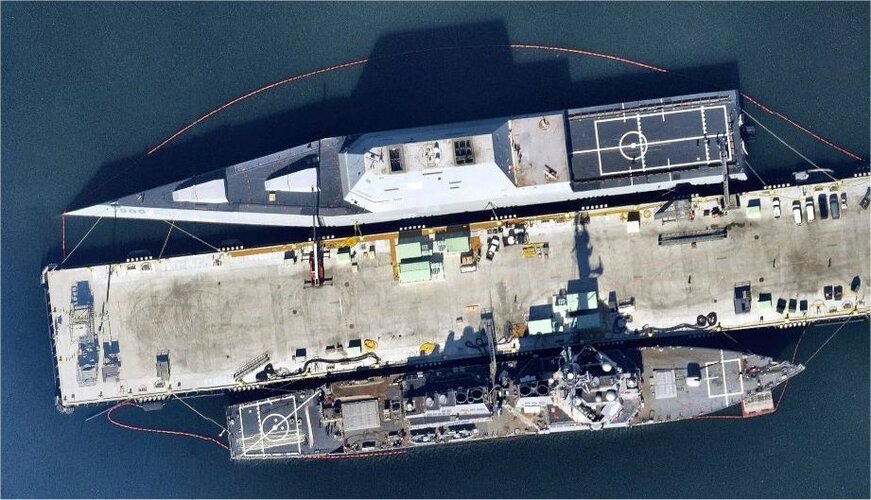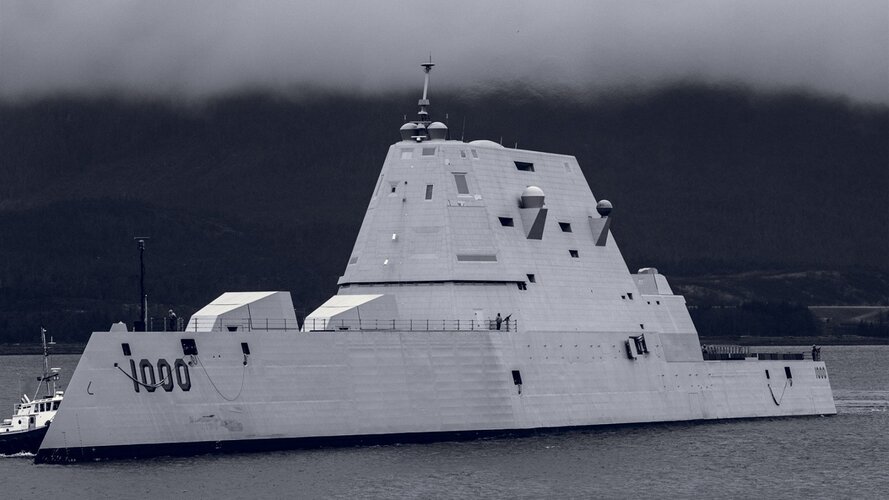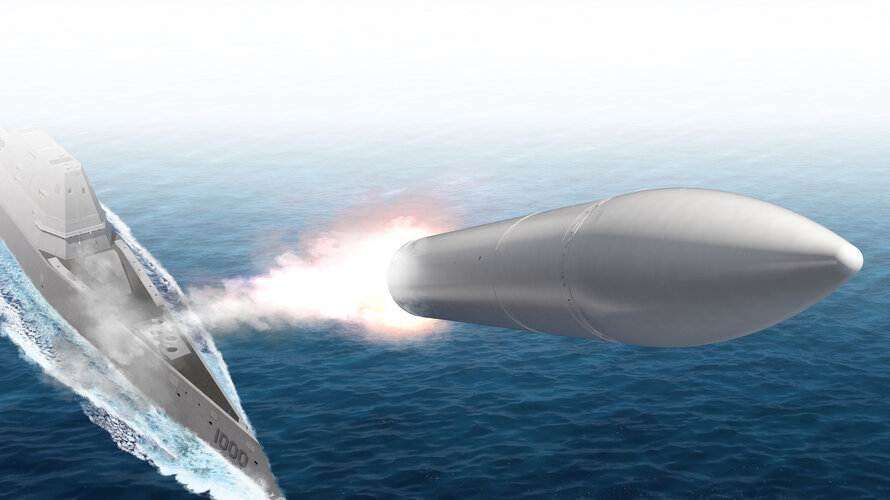Why would anyone consider re-starting build of the disaster that was the Zumwalt, according to CBO figures the FLD was 65% larger than a Burke Flt III, but the payload (deadweight) was only 10% higher.
"Deadweight, or deadmass, is the difference between the load displacement up to the minimum permitted freeboard and the lightweight or light displacement. Lightweight is the weight of the hull and machinery, so the deadweight includes the weapons, fuel, water, crew and effects"
Deadweight here is only the variable payload -- fuel, expendable ammunition, stores, crew, and probably the helicopter. It doesn't include the actual fixed weight of weapons or combat systems, such as the VLS itself, the gun turrets, the ammunition handling system, radars, sonars, etc.
And I guarantee that the extra displacement of the ship is not a significant source of the actual cost. Put the same combat systems in a conventional hull and you may save some displacement, but probably not much cost, and you will sacrifice the ship's LO characteristics.








